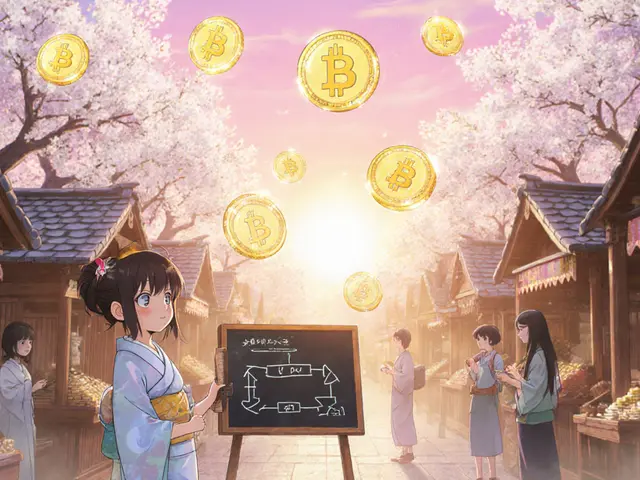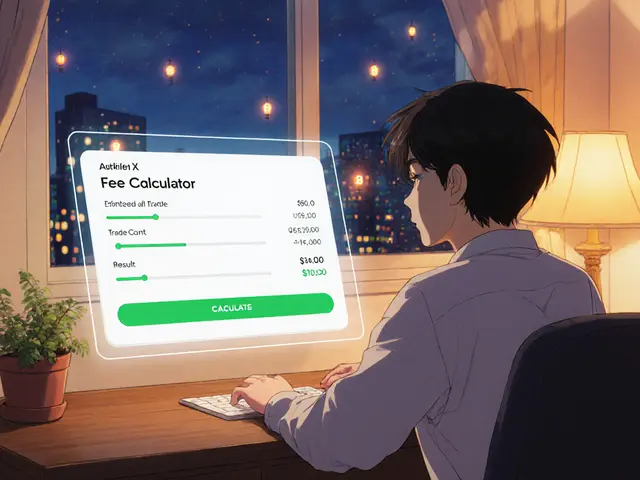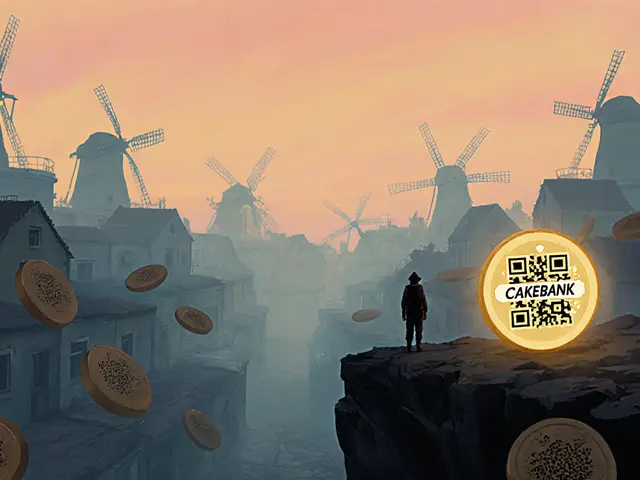NFT Unit Farm: Boosting Rewards with Your Digital Collectibles
When working with NFT Unit Farm, a system that lets you stake or lock NFTs to earn token rewards, similar to traditional yield farming. Also known as NFT staking, it merges the uniqueness of Non‑Fungible Token (NFT), a token representing a distinct digital asset with the income‑generating mechanisms of Decentralized Finance (DeFi), a blockchain‑based financial ecosystem that operates without central intermediaries. The result is a fresh way to turn collectibles into a steady cash flow.
Yield farming is the engine behind the whole process. It requires smart contracts that calculate reward distribution based on the value and duration of each staked NFT. This simple principle creates a feedback loop: the more valuable or rarer the NFT, the higher the potential return. Projects like gaming platforms, metaverse lands, and even meme‑coins set up these farms to boost user engagement and retain liquidity.
Why NFT Unit Farm Matters Across the Crypto Landscape
First, it expands the utility of NFTs beyond bragging rights. Instead of holding a piece of art forever, you can lock it in a farm and collect tokens that can be used for governance, swapped on exchanges, or reinvested in other DeFi protocols. Second, farms often come with crypto airdrops, free token distributions to participants as incentives for early adopters. That means staking your NFT might also qualify you for a surprise token drop later on.
Third, the choice of exchange matters. When you decide to trade the rewards you earn, you’ll need a platform that supports both the native token and the underlying NFT. Reviews of exchanges like MorCrypto or Anycoin Direct highlight fee structures, security, and geographic restrictions that can affect how easily you convert farm earnings into fiat or other crypto assets.
Fourth, tax considerations are crucial. Moving your NFT assets, earning rewards, or even relocating to a crypto‑friendly jurisdiction can change your tax exposure. Guides on legally reducing crypto taxes by moving abroad show how different countries treat NFT income, which can swing your net profit dramatically.
Finally, the environmental impact of these farms can’t be ignored. As DeFi moves toward proof‑of‑stake chains, the energy cost of running NFT farms drops, aligning with the ESG concerns many investors now track. Understanding the underlying blockchain—whether it’s Ethereum, Polygon, or a newer layer‑2—helps you gauge both security and sustainability.
All these pieces—NFTs, DeFi contracts, airdrops, exchange choices, tax rules, and ESG metrics—interlock to form a robust ecosystem. Knowing how each component works lets you maximize returns while keeping risks in check. Below you’ll find articles that break down these topics, from step‑by‑step airdrop claim guides to deep dives on exchange security and crypto tax relocation. Whether you’re new to NFT staking or looking to fine‑tune an existing farm, the collection is designed to give you practical insight and actionable steps.
Ready to see how these concepts play out in real projects? Scroll down to explore detailed guides, reviews, and strategies that will help you set up, manage, and profit from your own NFT Unit Farm.
LaunchZone LZ Farm NFT Airdrop: How to Join the Unit Farm
Learn how to join LaunchZone's LZ Farm NFT Unit Farm airdrop, from staking requirements to reward calculations and common pitfalls.





